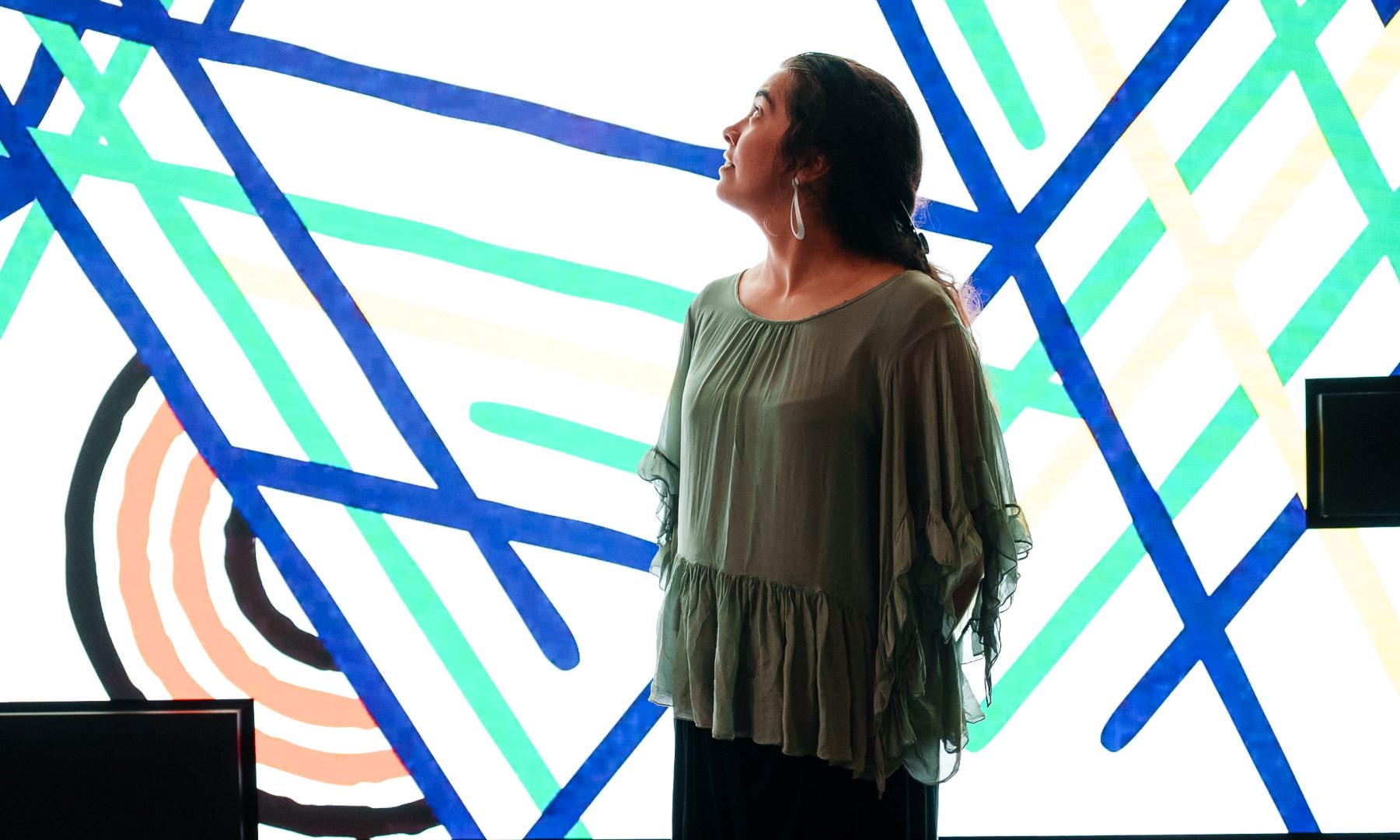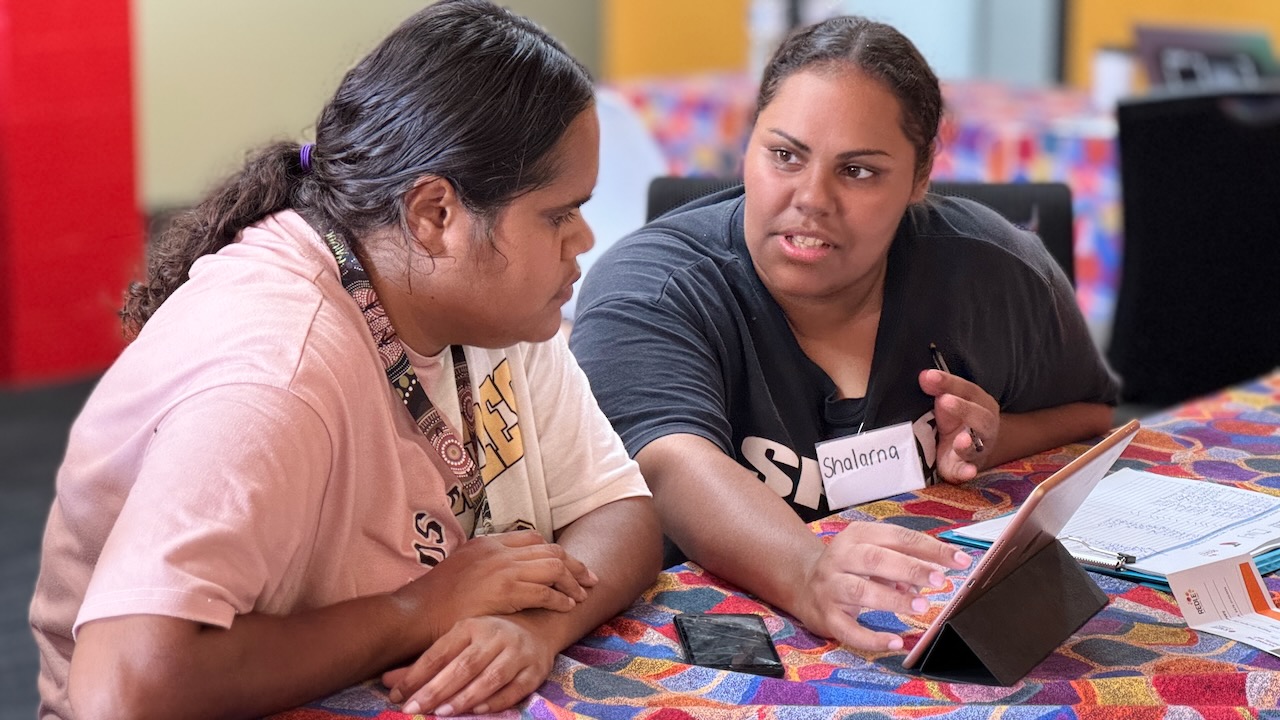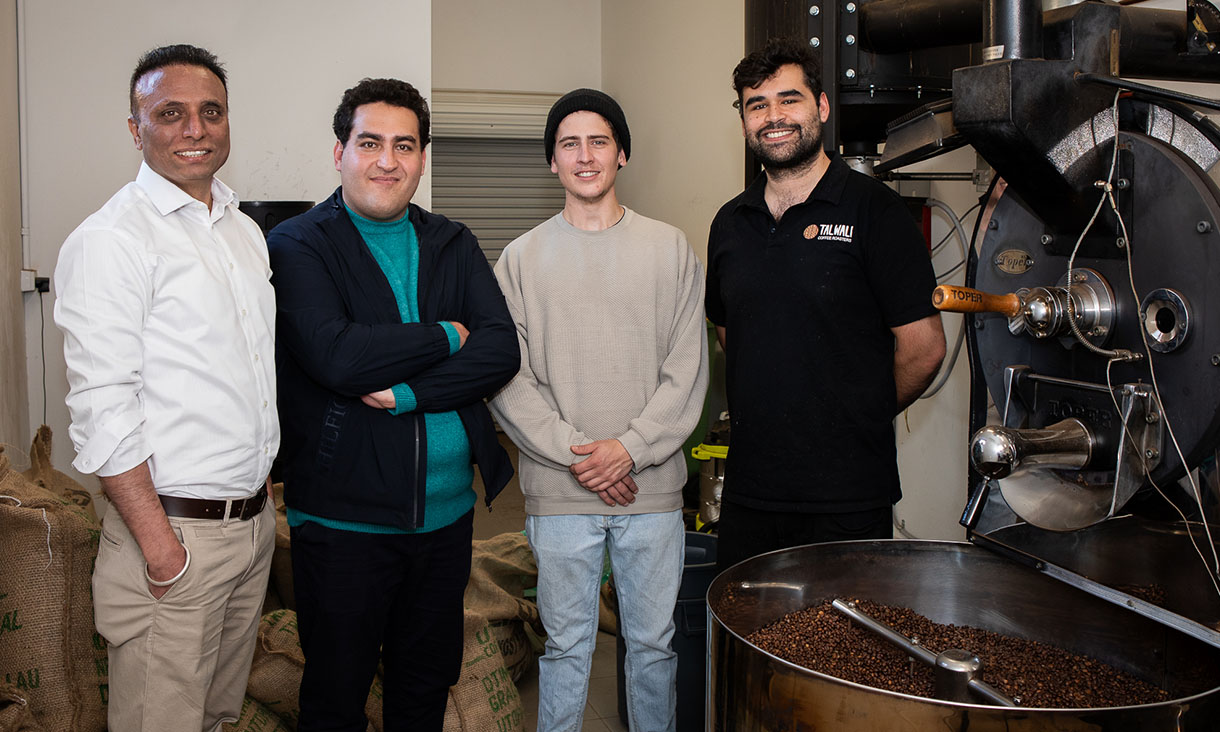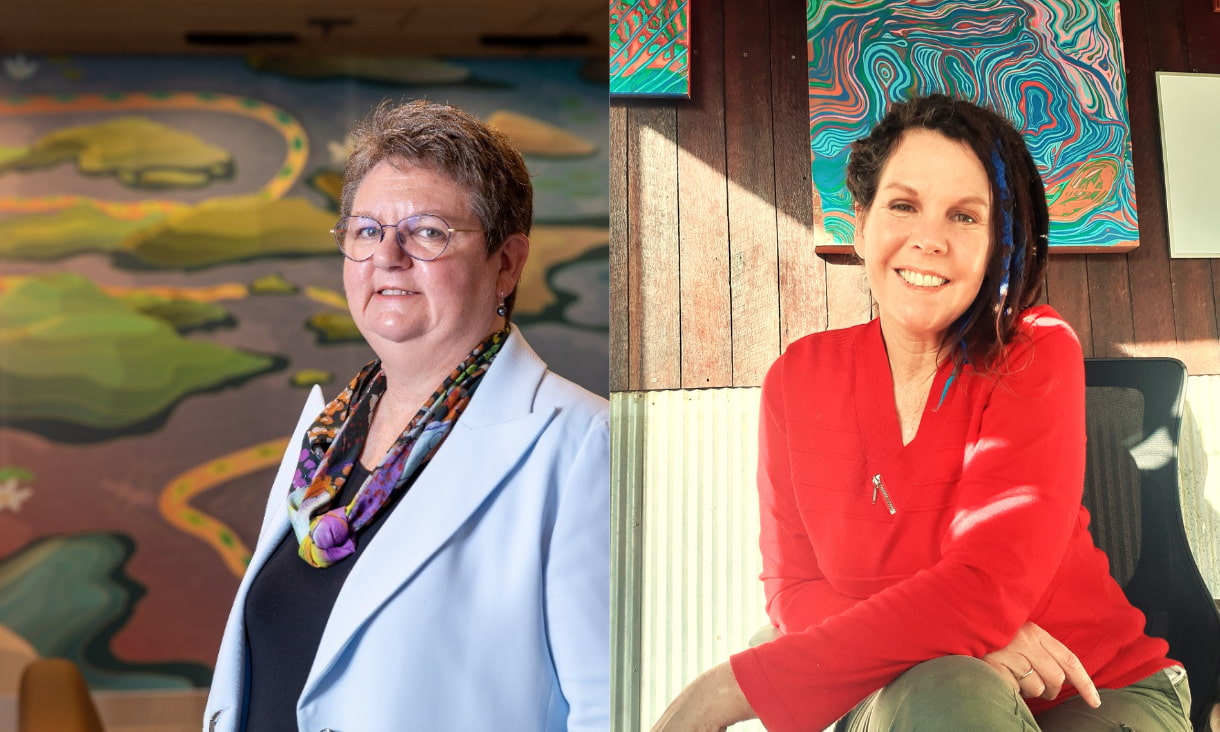“Me and my family, we’re standing strong and saying ‘that’s not right’. We stand against fracking and we want to look after the environment and this country,” Dixon said.
“I was writing songs in English, but then I thought that being a strong Mudburra man that it’s better for my country to give my message to my people from my language.
“We don’t want to lose that culture. We want to keep it strong,” he said.
Dixon encourages people across Australia to stand strong in solidarity against mining and fracking across the Northern Territory.
“You can support people like myself – people who are standing strong. There’s also an outfit called Lock the Gate that comes out to country and helps us,” he said.
Dixon said the opportunity to record his album with RMIT and amplify his messages was life changing.
“That was an honour for me. For RMIT to get me there, that was the biggest thing in my life” he said.
“With the whole album recorded there, it was so special.
“I want to thank you from the bottom of my heart. Hopefully we’ll do another album in the future,” he said.
Verhagen said the opportunity to record Dixon’s album was a no-brainer.
“Any way of raising attention or broadening the base of that attention is something that’s worthwhile,” Verhagen said.
“Alongside the political agenda is the opportunity just to help someone who wouldn’t otherwise have access to the opportunities and technology we have at RMIT.
“It was something we really wanted to do.”
Dixon joins a suite of talented Indigenous artists nominated for the Album of The Year, including Archie Roach – Tell Me Why, Jessica Mauboy – Hilda, Mau Power – Blue Lotus The Awakening, and Miiesha – Nyaaringu.
The awards will be broadcast on NITV and simulcast across the country on Facebook, DoubleJ, NIRS, Twitter and Youtube on 8 August.
Story: Caleb Scanlon

.png.jpg)



